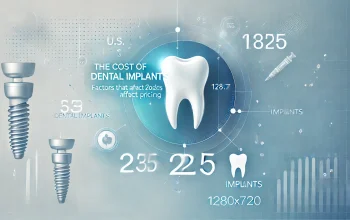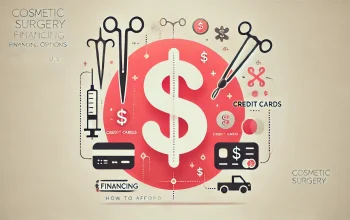Top Tips to Lock in the Best Mortgage Refinance Rates in 2025

Mortgage Refinance can be a smart financial move, especially when aiming to secure better interest rates, reduce monthly payments, or access home equity. As we approach 2025, understanding how to lock in the best mortgage refinance rates becomes crucial for homeowners seeking financial optimization. Here’s a comprehensive guide to help you navigate the refinancing process and achieve the most favorable terms.
Table of Contents
1. Understand Your Current Mortgage Situation
Before diving into refinancing, evaluate your current mortgage. Consider the remaining balance, interest rate, and remaining term. Calculate how much you could save by refinancing. Utilize online mortgage calculators to compare your current mortgage refinance terms with potential new terms.
2. Monitor Interest Rate Trends
Interest rates fluctuate based on economic conditions, including inflation, Federal Reserve policies, and global events. Stay informed about interest rate trends and predictions for 2025. Websites like Freddie Mac’s Primary Mortgage refinance Market Survey and financial news outlets provide valuable insights into rate movements.
3. Improve Your Credit Score
A higher credit score can significantly impact the mortgage refinance rates you’re offered. Check your credit report for errors and work on improving your score by paying down debt and maintaining a good credit history. Aim for a credit score of 700 or higher to secure the best rates.
4. Shop Around for Lenders
Different lenders offer varying refinance rates and terms. Shop around to find the best deal. Obtain quotes from multiple lenders, including banks, credit unions, and online mortgage brokers. Compare their offers, taking into account interest rates, fees, and terms.
5. Consider Different Loan Types
Refinancing options include fixed-rate mortgages, adjustable-rate mortgages (ARMs), and hybrid loans. Each type has its advantages and drawbacks. Fixed-rate mortgages offer stability with consistent payments, while ARMs may offer lower initial rates but can fluctuate over time. Evaluate which type aligns with your financial goals.
6. Evaluate Your Loan Term
Shorter loan terms generally come with lower interest rates and can save you money over the life of the loan. However, they also mean higher monthly payments. Assess whether you can afford higher payments in exchange for reduced interest rates and a shorter repayment period.
7. Negotiate with Lenders
Don’t hesitate to negotiate with lenders. Ask for better rates or reduced fees, especially if you have a strong credit profile or offers from competing lenders. Lenders may be willing to adjust their terms to win your business.
8. Lock in Your Rate
Once you find a favorable rate, lock it in to protect yourself from future rate increases. Rate locks typically last for 30 to 60 days, giving you time to complete the refinancing process. Ensure you understand the terms of the rate lock and any potential penalties for delays.
9. Consider Closing Costs
Refinancing involves closing costs, including appraisal fees, title insurance, and loan origination fees. Factor these costs into your decision-making process. In some cases, you might negotiate to have these fees reduced or rolled into the loan amount.
10. Check for Prepayment Penalties
Review your current mortgage agreement for any prepayment penalties. Some loans impose fees for paying off the mortgage early. Ensure that refinancing won’t result in substantial penalties that could offset your savings.
11. Consult a Financial Advisor
A financial advisor can provide personalized advice based on your financial situation and goals. They can help you assess the potential benefits and drawbacks of refinancing and ensure that it aligns with your long-term financial strategy.
12. Review Your Home’s Equity
Your home’s equity plays a role in the refinancing process. Higher equity can lead to better refinance rates and terms. If your home has appreciated in value, use this to your advantage when negotiating with lenders.
13. Be Aware of Market Conditions
Economic factors such as inflation, unemployment rates, and economic growth impact mortgage rates. Stay informed about broader economic conditions that could influence interest rates and timing your refinance accordingly.
14. Prepare Necessary Documentation
To streamline the refinancing process, gather all necessary documentation, including income verification, tax returns, and current mortgage statements. Having these documents ready can expedite the approval process and prevent delays.
15. Review and Understand Your New Mortgage Terms
Before finalizing the refinance, thoroughly review the new mortgage terms. Ensure you understand the interest rate, loan term, monthly payments, and any other conditions. Consult with your lender to clarify any questions or concerns.
Conclusion
Securing the best mortgage refinance rates in 2025 involves careful planning and informed decision-making. By understanding your current mortgage situation, monitoring interest rate trends, improving your credit score, and shopping around for lenders, you can lock in favorable rates and optimize your financial situation. Remember to evaluate different loan types, negotiate terms, and consider all associated costs. With these tips, you’ll be well-prepared to navigate the refinancing process and make the most of the opportunities available in 2025.



1 thought on “Top Tips to Lock in the Best Mortgage Refinance Rates in 2025”